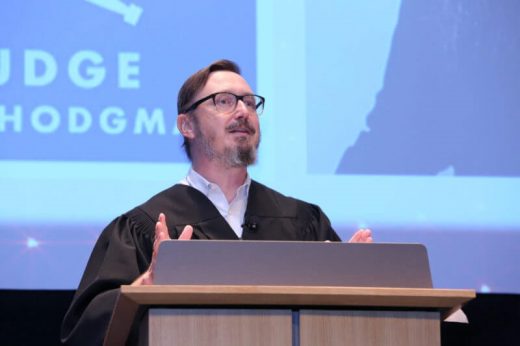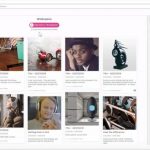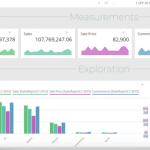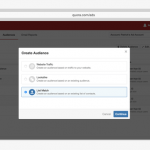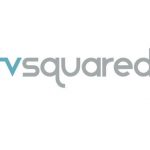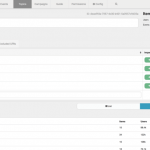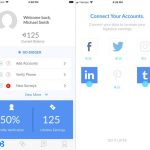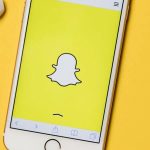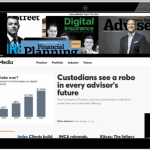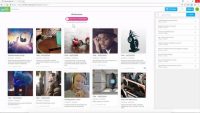At IAB’s Podcast Upfront, stories-in-sound strut spectacular ad specs
Podcast creators tout their burgeoning new lineups, while researchers point out that listeners consider ads to be part of the program.
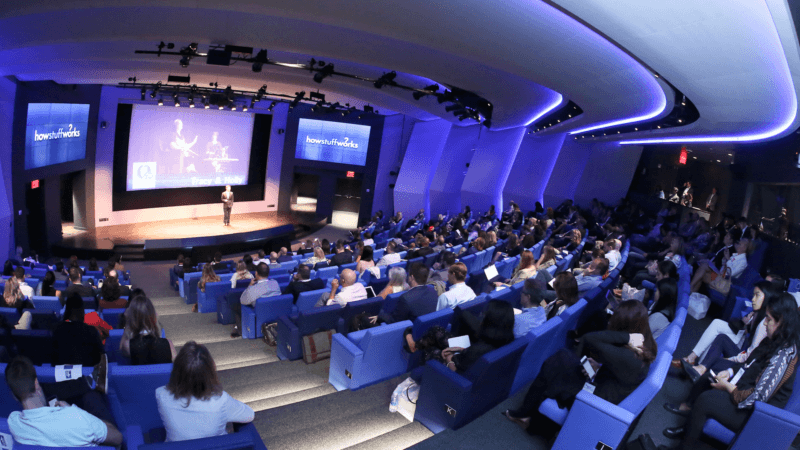
If radio married a blog and had offspring, they would be podcasts.
And these youngsters — personally expressive posts in audio — are growing up quickly, if the Interactive Advertising Bureau’s (IAB) third Podcast Upfront last week at the Time, Inc. building in Manhattan was any indication.
As do other Upfronts in TV and digital video, this one pumped upcoming new programs from a variety of podcast producers, distributors and networks. Included were podcast divisions from major entertainment and news brands like ESPN, Time, and NPR, as well as growing lineups from up-and-coming podcast shops, like Midroll Media, Gimlet Media, Public Media Marketing, PodcastOne, Wondery and HowStuffWorks.
From the breadth of programming and the sheer volume of cleverness and talent, we’re clearly entering into some kind of golden age of the spoken word, what Kai Falkenberg from the New York City Mayor’s Office called “the age of the voice.”
Here are some samples of announced series, all of which exhibit what ESPN described as podcasts’ characteristic combo of “personalization and passions”:
- HowStuffWorks is launching “The Daily Zeitgeist,” hosted by Cracked.com co-founder Jack O’Brien. Aided by “a cadre of the smartest comedians on the planet (or so they think),” O’Brien will try to make sense of news and make you laugh at the same time.
- iHeartMedia is releasing “Chairlift,” where two top leaders in their fields will chat at they ride a chairlift to the summit of Powder Mountain in Utah. Apparently, though, the guest list is restricted to skiers.
- WYNC Studios: An unnamed scripted podcast from the makers of the kids TV shows Blue’s Clues and Odd Squad, about a family where the dog and cat have competing podcasts, plus there’s a goldfish played by Alec Baldwin.
- Midroll Media announced it is picking up the true-crime “My Favorite Murder,” which, as the company says, combines two of your favorite things — comedy and murder.
But the real standout for marketers was the research stats — from both research firms and podcast purveyors — that show the medium is a clear winner in the contest for consumers’ attention:
- Falkenberg of the New York Mayor’s Office reported that “65 percent of [podcast] listeners remember the ads the next day.”
- NPR: 76 percent of listeners have a more positive opinion of a brand after they learn it supports a NPR podcast.
- ESPN: 74 percent of listeners take action as a result of brand ads in podcasts.
- Midroll Media reported a podcast campaign for Talenti gelato. It says that 74 percent were more likely buy the dessert after hearing the ad.
- Gimlet Media said that a Ford podcast spot — about how the car company uses a person dressed in an “old suit” to test cars’ readiness for senior citizens — saw a “double digit lift over benchmark” in terms of awareness.
- Edison Research did studies with six advertisers last year, comparing listeners who had been exposed to an ad to listeners who had not. For a specific though unnamed auto after-market product, post-podcast campaign awareness went up 60 percent. For a casual dining restaurant chain, it jumped 76 percent.
- Edison for HowStuffWorks: 70 percent of podcast listeners are more inclined to buy a product after hearing an ad, and 60 percent have a greater product or brand recall.
- MetrixLab did three brand lift studies for Wondery earlier this year, using CPG products and comparing listeners of those podcasts with those who didn’t hear the programs. It found an increase of 52 percent in unaided product awareness, and a boost of 20 percent in purchase intent.
And so on. While the metrics and methods may vary, the clear picture is that podcast ads are much more appealing than, say, the skipped or ignored ads on TV or the online ads that users have become blind to.
Why? One reason is the hosts/narratives often read their own ads, sometimes citing personal experiences with the product. If you like the host/narrator, that affection can transfer –- a factor that drove the early days of host-read commercials on TV. (Below is one host/narrator, actor John Hodgman, appearing at the IAB conference in character for his “Judge John Hodgman” podcast.)
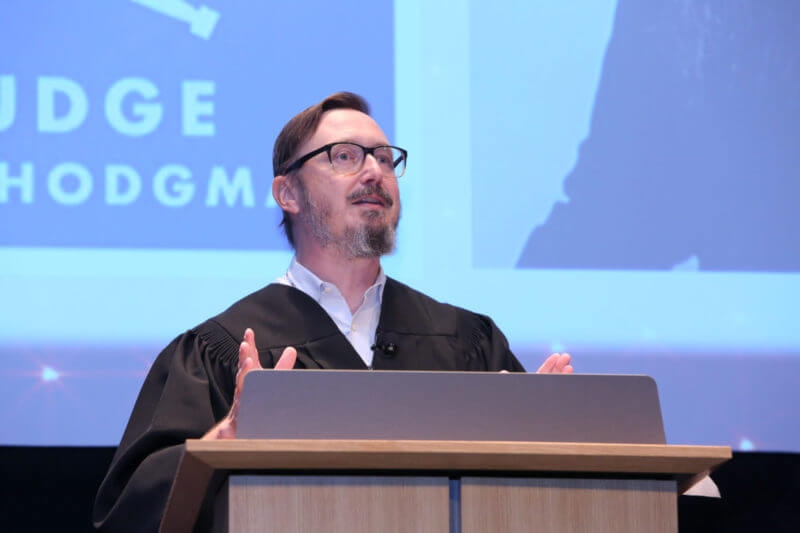
And, as the “Dexter Guff” character from a podcast that mocks over-the-top business self-help hype (“Dexter Guff is smarter than you … and you can be too”) put it: “Let us put your ears on our mouth.”
That is, voices telling stories are as powerful as they were when they first premiered around some wood fire in some forest a long time ago.
The result is a powerful bond, so powerful — according to WestwoodOne’s research — that fans “would go out of their way to support the brands.” In fact, the company reported that fans are fine with a few more ads for each one-hour podcast program, for one primary reason: “Ads are not clutter to podcast fans.”
This forecasts a booming podcast ad market. A new Westwood One report, for instance, found in 2015 that 10 percent of advertisers said they were likely to advertise in podcasts in the next six months. Now, it’s nearly tripled, at 27 percent.
Even as podcasts build on their ad effectiveness, and growing popularity, the Upfront dropped several hints of what more could be in store for this channel.
Panoply discussed their new Megaphone platform — which they described as the first platform that can target ads across podcasts, similar to how marketers do online — and forecast a bigger programmatic market.
Branded content, like Public Media Marketing’s sponsored bonus episodes, are gaining traction in this environment, where brands can boost awareness and good vibes while owning the entire program. Prudential, for example, mentioned its “Every Day Bravery” series of real-life stories to boost its theme: “When it comes to your finances, taking action requires you to be brave.”
And several presenters mentioned “smart speakers” like Amazon Alexa and Google Home as representing a possible new platform for the art of audio storytelling. According to Gartner, 7 percent of US households already have the devices, and that will boom to 75 percent within three years.
So, don’t look now, but ears are becoming one hot medium.
Marketing Land – Internet Marketing News, Strategies & Tips
(46)

